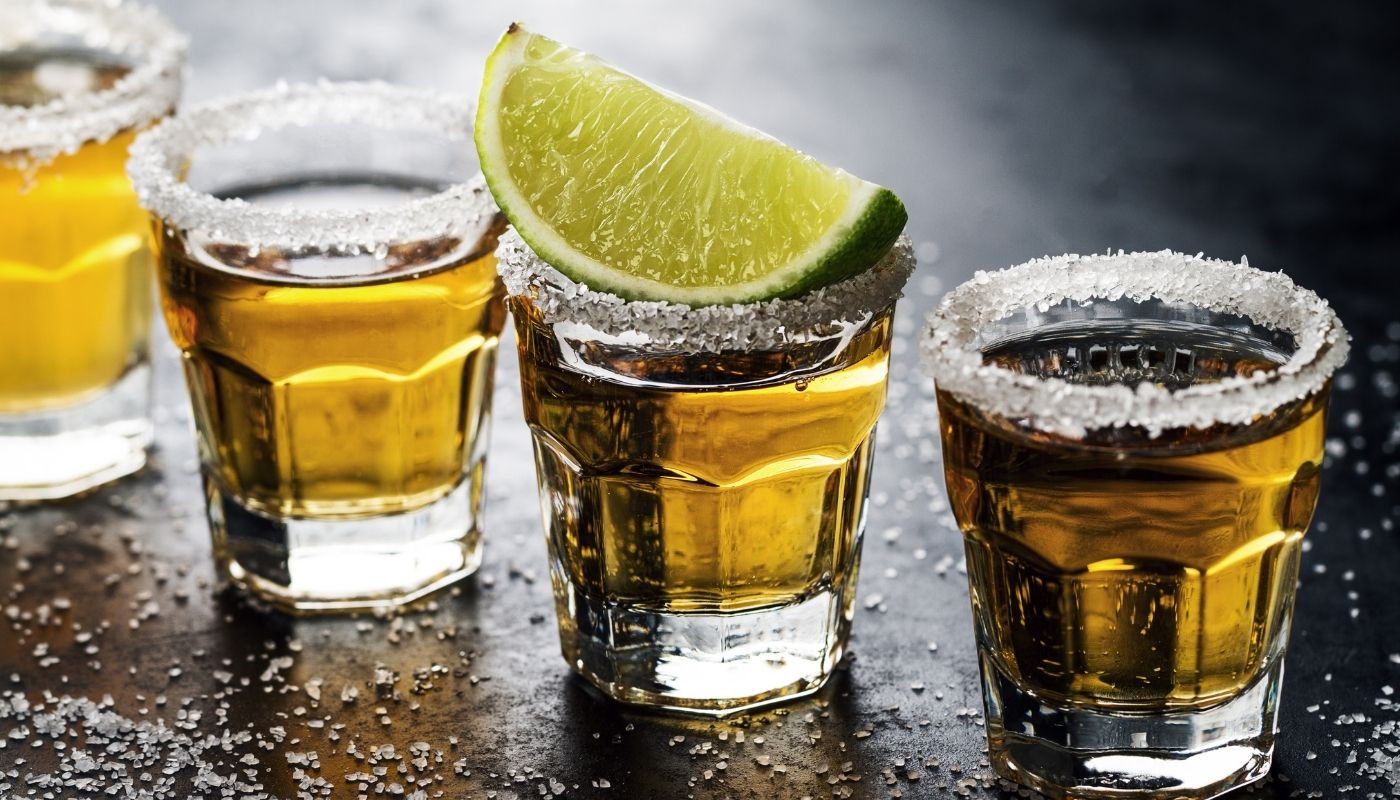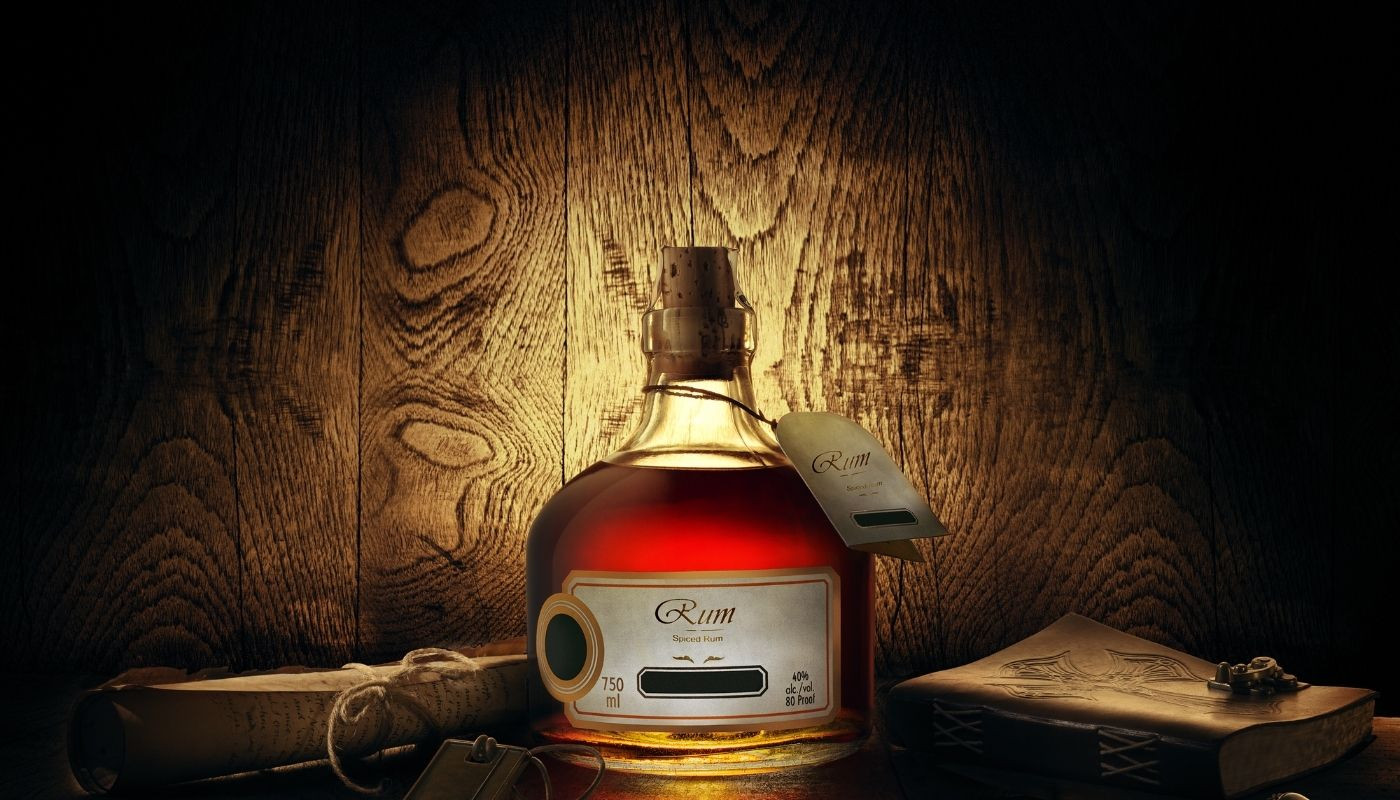Understanding The Alcohol Percentage In Gin: A Comprehensive Guide
When it comes to gin, there's more to it than just the botanicals and flavors. The alcohol percentage in gin plays a crucial role in determining its taste, quality, and how it mixes with other ingredients. Whether you're a cocktail enthusiast or just someone who enjoys a good G&T, understanding the alcohol content in gin is essential. In this article, we'll dive deep into the world of gin, exploring its alcohol percentage, how it affects the drink, and everything else you need to know.
Gin has been around for centuries, and its popularity continues to soar. From classic London Dry to modern craft gins, the variety is endless. However, one thing that remains constant is the alcohol percentage in gin. This factor not only defines the strength of the drink but also influences its overall character. So, if you've ever wondered why some gins hit harder than others, you're in the right place.
In this article, we'll break down everything you need to know about the alcohol percentage in gin. We'll cover the basics, explore different types of gin, and discuss how the alcohol content impacts your drinking experience. Whether you're a seasoned drinker or a newcomer to the world of spirits, this guide will help you make informed choices about your next bottle of gin.
What is Gin and Why Does Alcohol Percentage Matter?
Gin is a distilled alcoholic beverage made by infusing juniper berries and other botanicals into a neutral spirit. While the botanicals give gin its unique flavor profile, the alcohol percentage plays a key role in shaping the drink's character. The alcohol content in gin is measured in ABV (Alcohol By Volume), which indicates the percentage of alcohol in the liquid.
Why does the alcohol percentage matter? Well, it affects everything from the taste to the way gin mixes with other ingredients. A higher ABV can enhance the botanical flavors, while a lower ABV might result in a smoother, more approachable drink. Understanding the alcohol percentage in gin allows you to choose the right spirit for your preferences and occasions.
How is Alcohol Percentage in Gin Measured?
The alcohol percentage in gin is typically measured using ABV. For example, a gin with 40% ABV means that 40% of the liquid is pure alcohol. Most gins fall within the range of 37.5% to 50% ABV, but some craft gins can go even higher. The measurement is important because it affects not only the taste but also the legal classification of the spirit.
Interestingly, the way alcohol percentage is measured can vary slightly depending on the country. In the UK, for instance, the legal minimum ABV for gin is 37.5%, while in the US, it's 40%. These regulations ensure consistency and quality across the industry.
Types of Gin and Their Alcohol Percentage
Not all gins are created equal, and their alcohol percentages can vary significantly depending on the type. Here's a breakdown of the most common types of gin and their typical ABV ranges:
- London Dry Gin: Known for its clean, crisp flavor, London Dry Gin usually has an ABV between 40% and 47%. It's perfect for classic cocktails like martinis and negronis.
- Plymouth Gin: Originating from the English port city of Plymouth, this type of gin typically has an ABV of around 41.5%. It's known for its earthy, maritime notes.
- Genever: Often referred to as the "original gin," Genever has a maltier taste and usually comes in at around 35% to 45% ABV.
- Craft Gins: These are the trendy, small-batch gins that are popping up all over the world. Craft gins can have ABVs ranging from 40% to 57%, depending on the distiller's preferences.
Does Higher ABV Always Mean Better Quality?
Not necessarily. While a higher alcohol percentage can enhance the flavors of the botanicals, it doesn't automatically mean the gin is of better quality. In fact, some people prefer lower ABV gins because they offer a smoother drinking experience. The key is finding a balance that suits your taste buds.
For example, a 40% ABV gin might be perfect for a refreshing G&T, while a 50% ABV gin could be ideal for a cocktail that requires a stronger spirit presence. Ultimately, the choice depends on your personal preference and the occasion.
The Science Behind Alcohol Percentage in Gin
So, how exactly is the alcohol percentage in gin determined? During the distillation process, the spirit is heated to separate the alcohol from the water. The resulting distillate is then diluted to achieve the desired ABV. This process is crucial because it ensures consistency in the final product.
Distillers carefully monitor the alcohol percentage to ensure it meets the required standards. For instance, a gin labeled as 40% ABV must contain exactly 40% alcohol by volume. Any deviation from this could affect the taste and quality of the drink.
Factors Influencing Alcohol Percentage
Several factors can influence the alcohol percentage in gin, including:
- Distillation Method: Different distillation techniques can produce varying levels of alcohol concentration.
- Botanicals: The type and quantity of botanicals used can affect the final ABV.
- Water Dilution: After distillation, the spirit is diluted with water to achieve the desired alcohol percentage.
Understanding these factors can give you a better appreciation for the craftsmanship that goes into producing high-quality gin.
How Alcohol Percentage Affects the Taste of Gin
The alcohol percentage in gin has a significant impact on its taste. A higher ABV can enhance the flavors of the botanicals, making them more pronounced. On the other hand, a lower ABV might result in a smoother, more approachable drink. However, it's important to note that alcohol content is just one of many factors that influence the taste of gin.
For example, a 47% ABV gin might have a more robust flavor profile compared to a 40% ABV gin. This is because the higher alcohol content can bring out the nuances of the botanicals. Conversely, a lower ABV gin might be better suited for those who prefer a milder taste.
Tips for Tasting Gin Based on ABV
When tasting gin, it's important to consider the alcohol percentage. Here are a few tips to help you get the most out of your tasting experience:
- Start with Lower ABV Gins: If you're new to gin, begin with a lower ABV to get accustomed to the flavors.
- Experiment with Higher ABV Gins: Once you're comfortable, try higher ABV gins to explore their complexity.
- Add Water or Tonic: Diluting the gin with water or tonic can help balance the alcohol content and enhance the flavors.
Health Considerations and Responsible Drinking
While gin can be enjoyed responsibly, it's important to be aware of its alcohol percentage. Drinking high ABV spirits can have a more immediate effect on your body, so moderation is key. Always remember to drink water between servings and never exceed your personal limit.
For those who are health-conscious, choosing a lower ABV gin might be a better option. It allows you to enjoy the flavors without consuming excessive amounts of alcohol. Additionally, pairing gin with low-sugar mixers can help reduce the calorie content of your drink.
Understanding Safe Drinking Limits
According to health experts, men should not exceed 14 units of alcohol per week, while women should limit themselves to 10 units. Since a standard 25ml shot of 40% ABV gin contains approximately 1 unit of alcohol, it's easy to keep track of your intake. Always drink responsibly and know your limits.
Popular Gin Brands and Their ABV
There are countless gin brands on the market, each with its own unique ABV. Here are some popular options:
- Bombay Sapphire: 40% ABV
- Gordons: 37.5% ABV
- Beefeater: 40% ABV
- Hendricks: 41.4% ABV
- Monkey 47: 47% ABV
These brands offer a range of ABVs, allowing you to choose the one that best suits your taste preferences. Whether you're a fan of classic gin or prefer something more adventurous, there's a brand out there for everyone.
How to Choose the Right Gin Based on ABV
Selecting the right gin can seem overwhelming, especially with so many options available. Here are a few tips to help you make the right choice:
- Consider the Occasion: For casual drinks, a lower ABV gin might be more appropriate. For special occasions, a higher ABV gin could add a touch of sophistication.
- Think About Pairings: If you plan to mix your gin with tonic or other ingredients, consider how the ABV will affect the final drink.
- Trust Your Palate: Ultimately, the best gin is the one that you enjoy the most. Don't be afraid to experiment and find your favorite.
Conclusion: Cheers to Understanding Alcohol Percentage in Gin
In conclusion, the alcohol percentage in gin is a crucial factor that affects everything from taste to quality. Whether you prefer a classic London Dry or a craft gin with a high ABV, understanding the ABV can help you make informed decisions about your drinking experience. Remember to drink responsibly and always choose a gin that suits your preferences.
So, the next time you're at the bar or shopping for spirits, take a moment to consider the alcohol percentage in gin. It might just change the way you enjoy your favorite drink. And don't forget to share this article with your friends and leave a comment below if you have any questions or insights to add. Cheers!
Table of Contents
- What is Gin and Why Does Alcohol Percentage Matter?
- How is Alcohol Percentage in Gin Measured?
- Types of Gin and Their Alcohol Percentage
- Does Higher ABV Always Mean Better Quality?
- The Science Behind Alcohol Percentage in Gin
- Factors Influencing Alcohol Percentage
- How Alcohol Percentage Affects the Taste of Gin
- Tips for Tasting Gin Based on ABV
- Health Considerations and Responsible Drinking
- Popular Gin Brands and Their ABV


